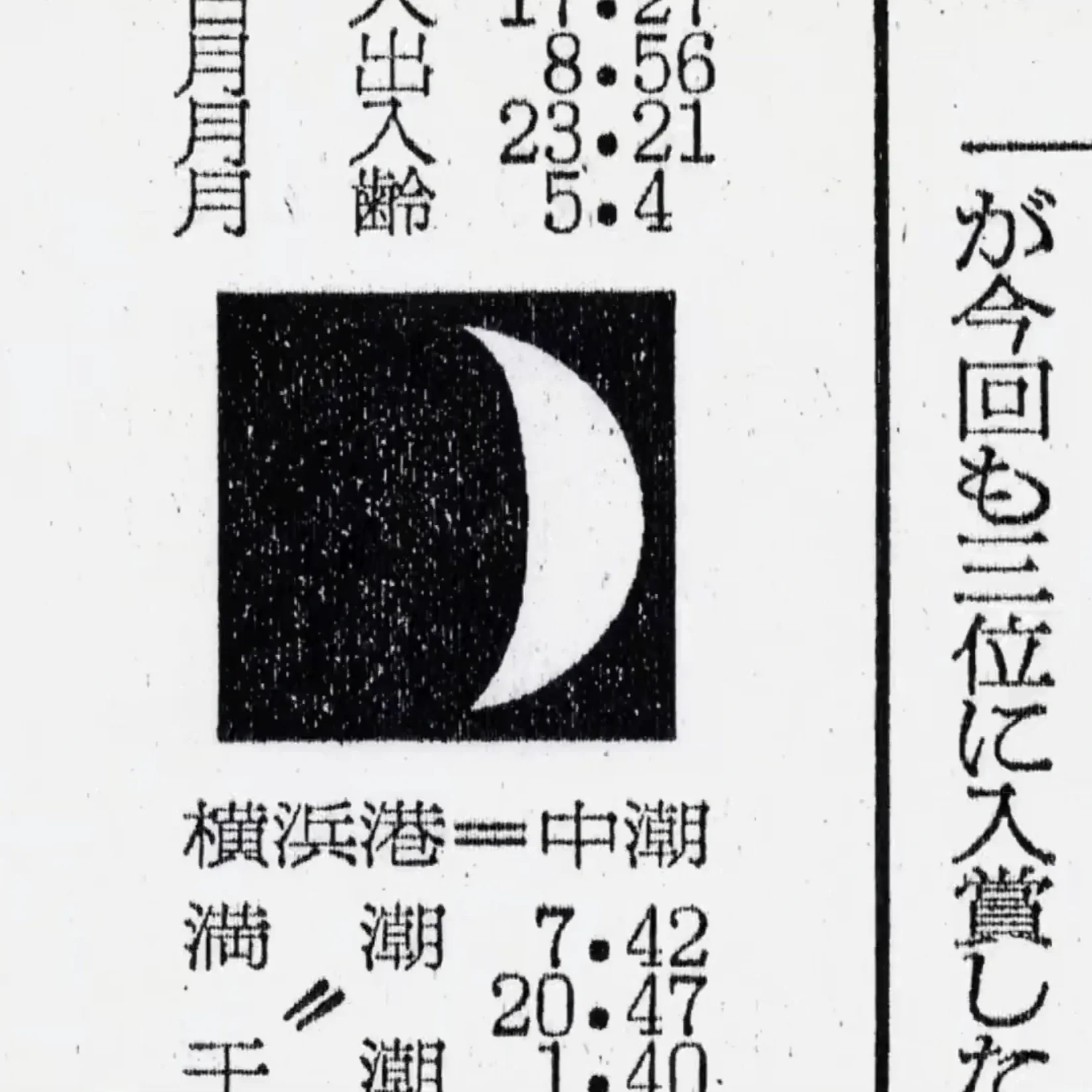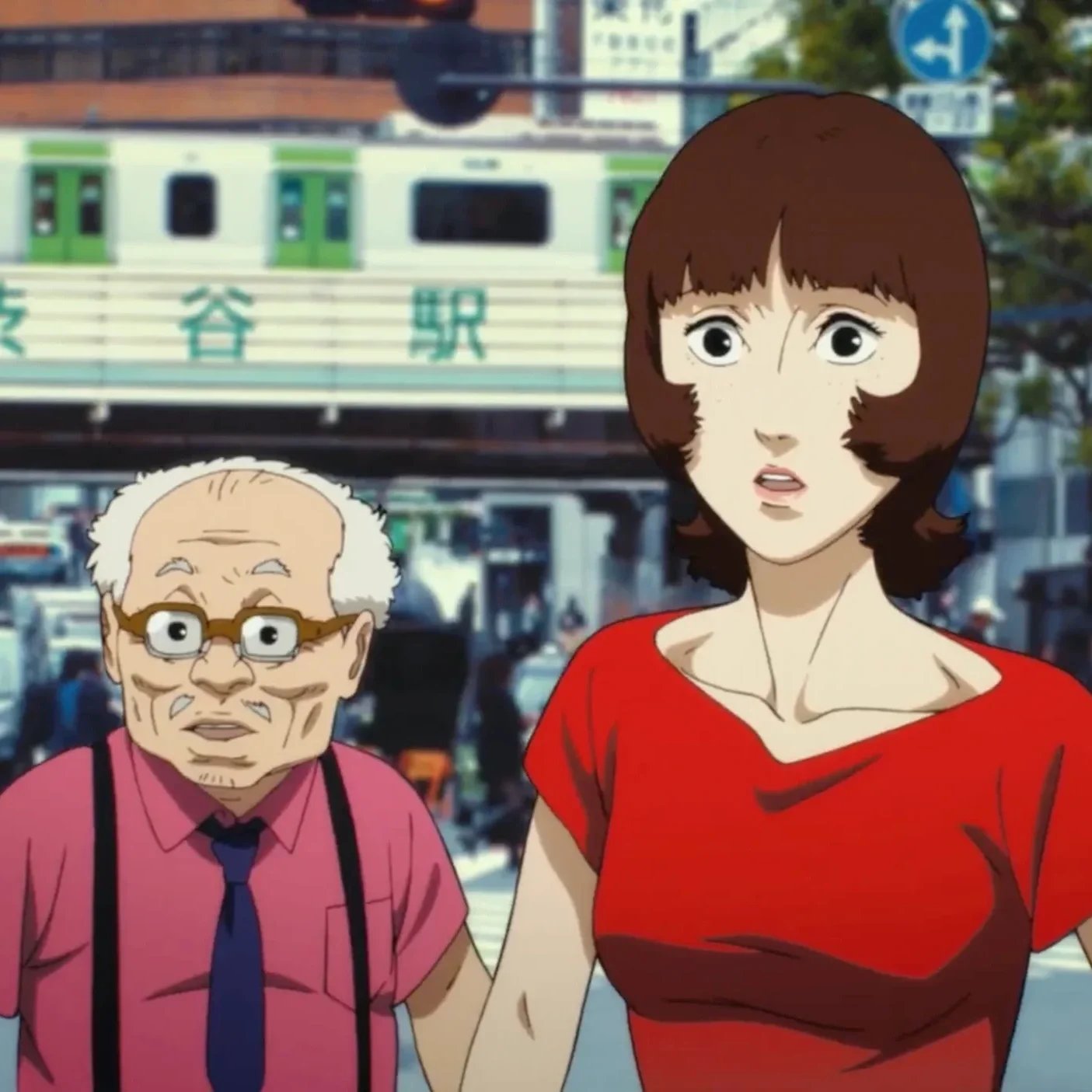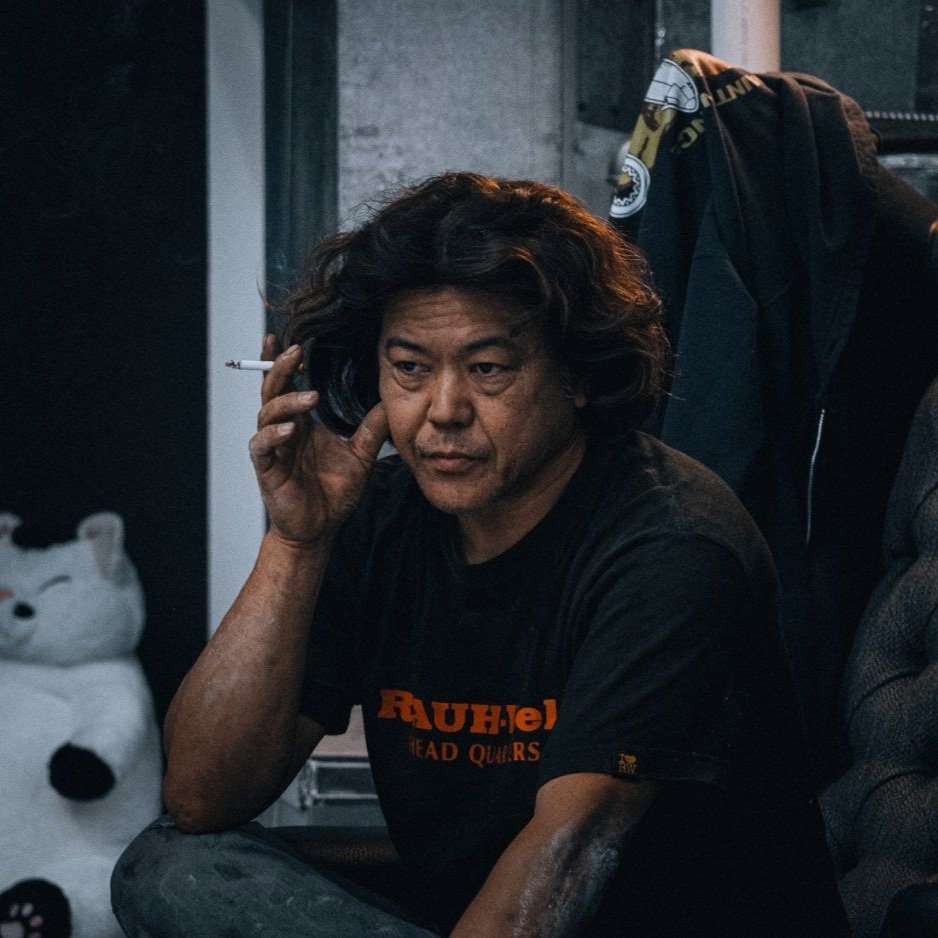Namennayo Cat Photography - Feline Charm by Satoru Tsuda
picture by Satoru Tsuda│scan by De Lune
In the realm of quirky and unforgettable photography, Namennayo cat photography stands out as a delightful art form. Created by Japanese photographer Satoru Tsuda in the early 1980s, Namennayo—also known as Nameneko (なめ猫) or Perlorian—captures the whimsy and charm of cats dressed in miniature clothing and set in intricate dioramas. This unique form of photography catapulted into fame in Japan and beyond, capturing the hearts of many.
From Skepticism to Adoration
Satoru Tsuda’s journey into cat photography is as intriguing as the images themselves. Initially, Tsuda was not fond of cats, as they often preyed on the birds he kept as pets on the rooftop of his company building. However, his perception of these feline creatures transformed in 1979 when he rescued four abandoned kittens found near a dry cleaner’s shop. Despite being skeptical about their survival due to their fragile condition, Tsuda took on the role of a nurturing parent, feeding them milk with a dropper, and keeping them warm and clean.
picture by Satoru Tsuda│scan by Huc & Gabet books
These rescued kittens soon became an inseparable part of his life. Their attachment to Tsuda, following him everywhere and even joining him in the bathroom, made him grow fond of them. His experience of caring for these kittens not only changed his view of cats but also set the stage for the birth of Namennayo cat photography.
The Birth of Namennayo
The idea of Namennayo cat photography sparked when Tsuda noticed one of the kittens, named Matakichi, playing with doll clothes left by his girlfriend. Inspired by the sight, Tsuda dressed Matakichi and his siblings in these costumes and photographed them engaging in human-like activities. The first photograph showed the cats dressed as juvenile delinquents, mimicking typical rebellious teenage behaviors like smoking in school bathrooms and riding motorcycles. This image, accompanied by the slogan “All Japan Fast Feline Federation — You Won’t Lick Us!,” became an instant hit, selling over 8 million copies and launching a cultural phenomenon.
The Namennayo craze reached its peak in the early 1980s, with over 500 merchandise items ranging from novelty fake IDs to handheld video games. The cats became iconic figures, representing a playful rebellion against societal norms. Despite being a fad, the Namennayo brand has continued to endure, celebrating its 30th anniversary in 2010 and maintaining a loyal fan base.
picture by Satoru Tsuda│scan by Huc & Gabet books
The Making of Namennayo Photos
Creating Namennayo photographs is a meticulous process that prioritizes the comfort and well-being of the cats. Contrary to what the playful and elaborate setups might suggest, there are no smoke and mirrors involved. Instead, the team works with a high level of professionalism and patience, ensuring that the cats are at ease throughout the shoot.
Only cats that are naturally comfortable in different environments are selected for the photoshoots. The sessions are kept brief, lasting just about 10 minutes, to avoid any stress or discomfort for the cats. High-speed shutters are used to capture the perfect moment, and costumes are designed to be loose-fitting, ensuring the cats’ freedom of movement.
picture by Satoru Tsuda│scan by De Lune
Miniature Dioramas
A defining characteristic of Namennayo photography is the use of detailed, cat-sized dioramas. These miniature sets are crafted with precision and creativity, depicting various human scenarios such as camping trips, school scenes, and rock band performances. The juxtaposition of cats in human roles adds a layer of humor and charm that resonates with audiences worldwide.
picture by Satoru Tsuda│scan by Fat Cat Art
Namennayo in the United States
In the United States, the Namennayo phenomenon was marketed under the name Perlorian. Although it did not achieve the same level of popularity as in Japan, it still made a significant impact. Perlorian merchandise included a series of children’s books written by Suzanne Green and a set of trading cards released by Topps in 1983. While some critics labeled the trading cards among the worst ever created, they nonetheless contributed to the brand’s eclectic charm.
The Timeless Appeal of Namennayo
Namennayo cat photography remains a testament to the power of creativity and the universal appeal of our feline companions. Satoru Tsuda’s work transcends traditional photography, offering a whimsical and heartwarming perspective on cats as they navigate human-like adventures. The Namennayo cats, with their adorable costumes and mischievous personas, continue to capture the imagination and hearts of people around the world, proving that even the quirkiest of fads can leave a lasting legacy.
picture by Satoru Tsuda│scan by De Lune













Meet the 95-year-old obachan that expresses herself through humorous self portraits